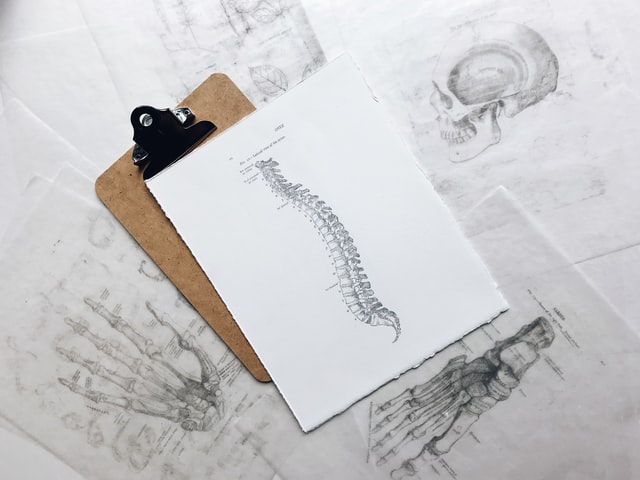How Can Your Human Resources Department Play A Bigger Role In Improving Employee Posture?
Feb 14, 2020The recent Work Colleague Of The Future report painted an image of future office workers with permanently hunched backs, red eyes, and varicose veins. With employee sick days costing firms over £77 billion annually in lost productivity, the case for Human Resource departments to make employee health a priority has never been stronger. Poor workplace posture can impact your workers’ productivity and motivation and can even cause back pain and increased workplace stress.
The sad reality is that 39 percent of workers say they work through back pain, and 31 percent struggle with neck strain, both of which can be attributed to poor posture at their jobs. The good news is that having your HR department implement simple and effective workplace safety protocols can significantly reduce the occurrence of postural injuries in your business - and boost your office’s employee retention levels in the process.
Educate Employees On Posture Perfect Habits

Providing employees with knowledge of the right sitting positions and feet placement is a good and cost-effective strategy that the human resources department can employ to prevent postural injuries and improve employee comfort. One option for employee education is strategically placed visual posters or reminders at employee workstations. HR staff can also consider including a workplace health practices section in their recruitment and contract renewal packages, covering basic practices such as keeping monitor screens at eye level and the correct way to sit in a chair (with feet placed flat on the floor).
The human resources department can also encourage regular movement breaks or implement work timers on computers to get employees moving. Research from AXA PPP healthcare showed that 46 percent of workers spend 4-6 hours a day sitting, and 25 percent sit for 7-8 hours daily. Long periods of sitting and a sedentary lifestyle has been strongly linked to health concerns including back, neck and shoulder pain - all of which are also linked to bad posture as well. Regularly speaking to employees about movement breaks and including workplace challenges can also help.
Run Regular Self Care Workshops, Making Stress And Physical Care Constant Topics

Workplace stress is at an all-time high, and so is its impact on businesses, worker productivity, and employee health. Investors In People’s Managing Mental Health report showed that a staggering 85 percent of workers in Northern Ireland admit to feeling stress at work, and 53 percent of them said they feel workplace-related stress while at home. Scheduling regular employee self-care workshops can equip employees with the right knowledge and tools to combat workplace stress. These can include educating them on the benefits of regular exercise and relaxation techniques, including meditation and the use of oscillation tools for muscle tension and relaxation. Vibration therapy has been shown to be effective in improving both back and neck pain by loosening tense muscles and boosting flexibility, while exercise is a proven stress buster. It also allows the human resource department the chance to listen to employee ideas and concerns on workplace improvements.
Include Protocols For Employee Injury Reporting - Pre And Post Recruitment

Another way to prevent and address postural issues in the workplace is by drafting and implementing adequate employee assessment and reporting protocols. Employees with past postural issues are more prone to repetitive strain injuries and recurring musculoskeletal injuries. Employees with such recurring health issues can also deal with low productivity levels at work and decreased motivation overall.
One way is to establish and promote to your workers a streamlined communication channel, allowing them to speak to management about any difficulties they may be having and the support they may need, such as a request for lumbar pillows or a change for an ill-suited office chair. Also, encourage workers to disclose any past injuries that may impact their posture, and provide the opportunity for them to ask for additional support should they need it, like a wrist support cushion for those dealing with carpal tunnel.
Finally, the HR department should be sure to schedule regular workplace risk assessments in a bid to spot and address any risks. Creating an organisation and culture where employees feel their health is a priority to their employers’ needs is the best start to achieving a better and healthier workplace all around.
--------------------------------------------------------------------
We work with a number of different companies and help them address the issue of employee retention and what they can do to improve. If you want to discuss the number of proven methods we have seen regarding retention, contact us at 028 90235 456 or at belfast@mcsgroup.jobs




